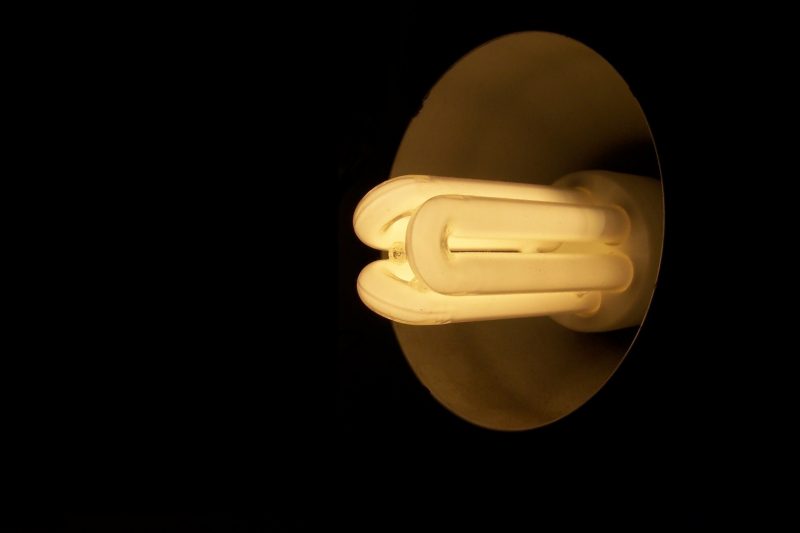
Global concerns such as climate change and dependence on polluting energy sources can be addressed by energy efficiency. Reducing energy consumption through energy efficiency would not only reduce energy costs but also allow renewable energy to supply a significant proportion of the world’s energy requirements in the future.
Despite the multiple benefits of energy efficiency, there are numerous barriers that prevent consumers from adopting efficient practices and using efficient equipment. Governments and regulators can address this problem by creating effective customer incentives. Incentives are policy tools that aim to influence decisions toward energy-efficient products and encourage energy conservation.
Our research involves analysis of retail electricity tariffs which provide financial incentives or disincentives with the objective of encouraging customers to reduce their electricity consumption. We study two types of retail tariffs: progressive tariffs and electricity savings feed-in tariffs, which have been applied in the past to reduce consumption of the residential (and services) sector. Progressive tariffs penalize higher than average consumption of electricity while electricity savings feed-in tariffs incentivize lower than average consumption of electricity. These tariffs are relevant because they send price signals which are easy to understand and react to. They are also fairly simple to implement and modify, according to the local situation.
Both the tariffs rely on “price response,” which means that customers would modify their consumption in response to changes in the price of electricity. Price elasticity is an economic theory which helps explain the inverse relation between change in price and change in consumption. In order to understand the effectiveness of these tariffs, we use price elasticity to quantify their impact on energy saving and compare their performance in different contexts or case studies where they have been tested.
Our results show that both electricity savings feed-in tariffs and progressive tariffs are effective in motivating households to save electricity. This is observed through actual measured savings, as well as by calculating the incentive elasticity or by the price electricity from referenced articles. While both tariffs lead to energy savings, progressive tariffs are found to be more effective.
We believe that this is because of loss aversion, which is formalized in cognitive psychology and decision theory. Due to loss aversion, people are more sensitive to perceived losses than potential gains. They thus react by saving more electricity in the case where they fear being penalized than in the case where they are offered incentives to save electricity.
In the context of liberalized retail electricity markets, the potential losses associated with progressive tariffs would drastically reduce their attractiveness. In contrast, electricity savings feed-in tariffs may be perceived as more attractive due to the inherent potential for a reward. We thus propose a combined tariff with a bonus/malus mechanism which would combine both the benefits of higher effectiveness and attractiveness to customers. Customers who consume higher than average would thus be penalized while those who save electricity would be rewarded.
These findings are described in the article entitled Recent experiences with tariffs for saving electricity in households, recently published in the journal Energy Policy.
This work was conducted by Ashreeta Prasanna, Jasmin Mahmoodi, Tobias Brosch, and Martin K. Patel, from the Chair for Energy Efficiency, Institute for Environmental Sciences (ISE) and Department F.-A. Forel for environmental and aquatic sciences (DEFSE), and the Consumer Decision and Sustainable Behavior Lab, Department of Psychology, University of Geneva.









